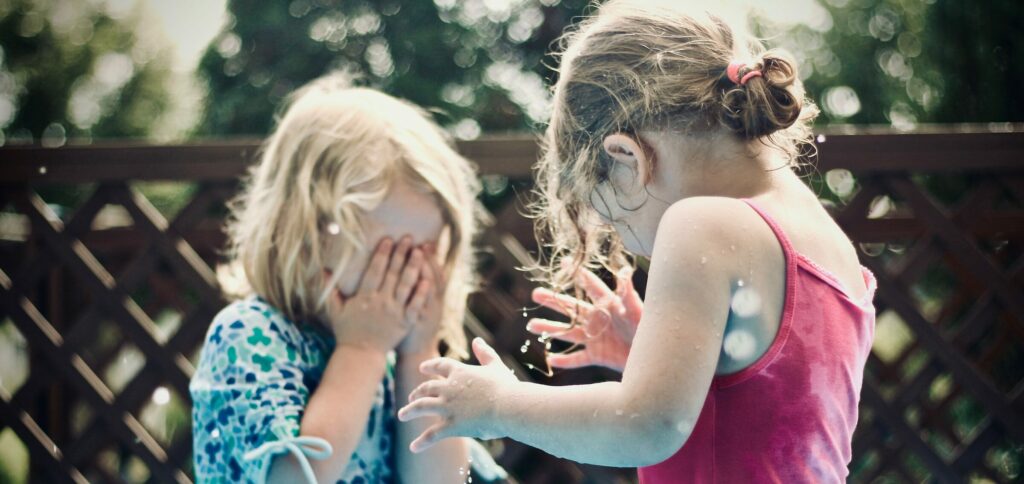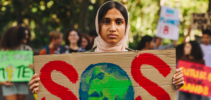The UNICEF report The Coldest Year of the Rest of Their Lives (🇬🇧), is a call to action for political leaders who continue to hesitate and give in to the interests of big business, even though The last seven years have been the hottest on recordsystem. (The Guardian*)
ADVERTISING
The document highlights that there are still not many studies on the impact of heat waves on children, but it is already known that they are among the main groups affected, along with the elderly. They are less able to regulate their body temperature compared to adults.
In addition to the direct effects on the health of children and adolescents, heat waves can impact the environments in which they live, food security, mobility, access to water, education and future livelihoods.
UNICEF researchers examined potential exposure to three measures of heat – duration, severity and frequency – based on two greenhouse gas scenarios used by the Intergovernmental Panel on Climate Change for climate models. They found:
ADVERTISING
- In 2020, there were around 740 million children in 23 countries where temperatures reached 35°C on at least 84 days. In the worst case scenario, this will increase to 816 million children living in 36 countries, mainly in Asia and Africa. At this temperature, day-to-day activities, such as playing and even attending school, are subject toprome– and more children get sick or die.
- Children in Europe will have the highest exposure to severe heatwaves by 2050 – one in three in a best-case scenario, two in three in a worst-case scenario. In the Americas, exposure to severe heat waves will increase fivefold, from 13 million to 62 million children by 2050.
- By 2050, 5 million to 8 million children will be exposed to all three high-heat measures, compared to none in 2020.
Bearing in mind that – even under the best promeIn efforts to reduce fuel use – within three decades virtually all children will be exposed to extreme heat, UNICEF is calling on governments to reduce emissions faster and help communities prepare for what's to come.
Read also
(🚥): may require registration and/or signature
(🇬🇧): content in English
(*): content in other languages is translated by Google Tradutor




